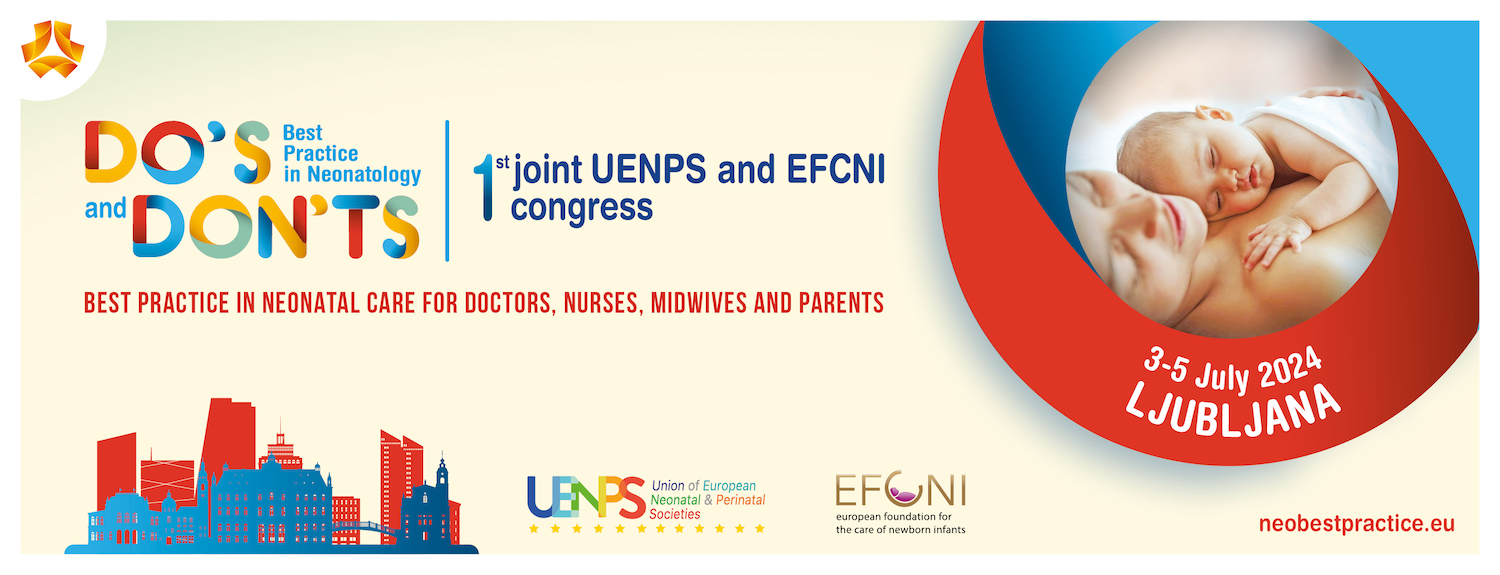Okulu E, Koç E, Erdeve Ö, et al.
TURKISH ARCHIVES OF PEDIATRICS
10.5152/TurkArchPediatr.2023.22281
Abstract
Objective: Optimal care in the delivery room is important to decrease neonatal morbidity and mortality. We aimed to evaluate neonatal resuscitation practices in Turkish centers.
Materials and methods: A cross-sectional survey consisted of a 91-item questionnaire focused on delivery room practices in neonatal resuscitation and was sent to 50 Turkish centers. Hospitals with <2500 and those with ≥2500 births/year were compared.
Results: In 2018, approximately 240 000 births occurred at participating hospitals with a median of 2630 births/year. Participating hospitals were able to provide nasal continuous-positiveairway-pressure/high-flow nasal cannula, mechanical ventilation, high-frequency oscillatory ventilation, inhaled nitric oxide, and therapeutic hypothermia similarly. Antenatal counseling was routinely performed on parents at 56% of all centers. A resuscitation team was present at 72% of deliveries. Umbilical cord management for both term and preterm infants was similar between centers. The rate of delayed cord clamping was approximately 60% in term and late preterm infants. Thermal management for preterm infants (<32 weeks) was similar. Hospitals had appropriate equipment with similar rates of interventions and management, except conti nuous-positive-airway-pressure and positive-end-expiratory-pressure levels (cmH2O) used in preterm infants (P = .021, and P = .032). Ethical and educational aspects were also similar.
Conclusions: This survey provided information on neonatal resuscitation practices in a sample of hospitals from all regions of Turkey and allowed us to see weaknesses in some fields. Although adherence to the guidelines was high among centers, further implementations are required in the areas of antenatal counseling, cord management, and circulation assessment in the delivery room.


